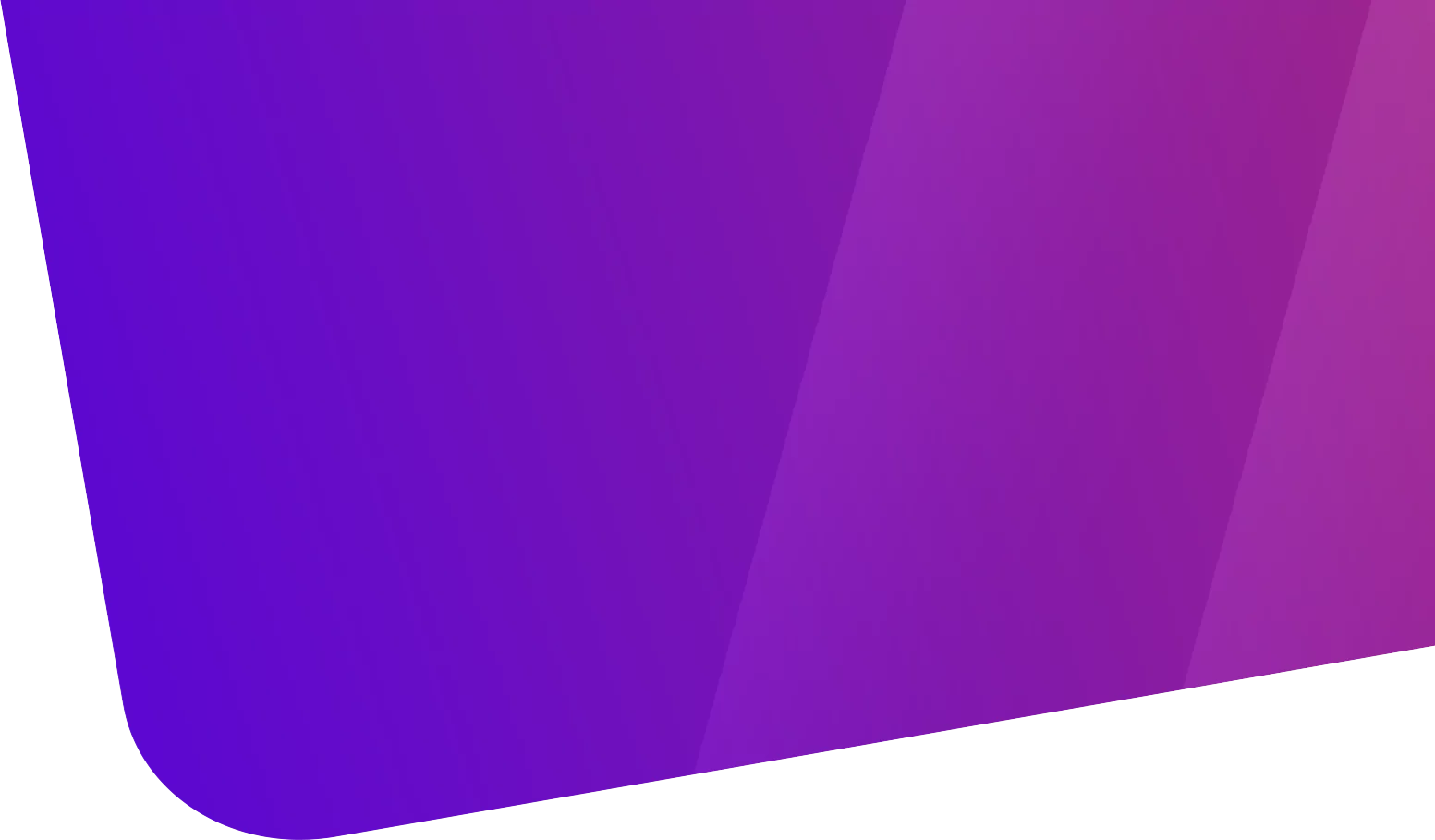What is a link?
A link is a fundamental element on the web, which connects different web pages or sites to each other, allowing users to navigate through the network quickly and easily. Links are commonly represented as highlighted words or images on a website that users can click on to access another related page.
Links have been an essential part of the web since its inception, and their importance has not diminished over time. In fact, the ability to link different web pages is what has made possible the expansion of the web and its transformation into the world’s largest source of information and entertainment.
What is a link for?
The link is used to connect different web pages and allow the user to navigate through them. Without them, the web could not exist in its current form, and navigating from one site to another would be an arduous and tedious task. Links are also used to improve website accessibility by providing additional information or related links on pages that can help users find what they are looking for.
Links also have a great impact on a website’s SEO. Search engines use links to crawl the web and determine the quality and relevance of a website in relation to its content. Therefore, high quality links from other websites to a specific page are considered an important signal that the page is relevant and valuable to users, which can improve its ranking in search results.
Examples of links
Links can take many different forms, but they all have the same purpose: to connect different web pages. Below are some common examples of links used on the web.
- Text links: these are links that are represented as words on a web page. They are usually underlined and have a different color to distinguish them from the rest of the text. Text links are the most common and are used to link to related pages or provide additional information on a specific topic.
- Image links: these are links that are represented as images on a web page. Users can click on the image to access another related page. Image links are common on e-commerce websites, where product images are used to link to shopping pages.
- Navigation links: these are links that are used to navigate through different sections of a website. Navigation links are usually located at the top or side of a page and are used to help users find what they are looking for on a website.
- Backlinks: these are links that point to a specific page from other websites. Backlinks are important for a website’s SEO, as they indicate to search engines that other web pages consider the content to be valuable and relevant.
Conclusion
Links are an essential part of the web and their importance cannot be underestimated. Since their creation, the links have


